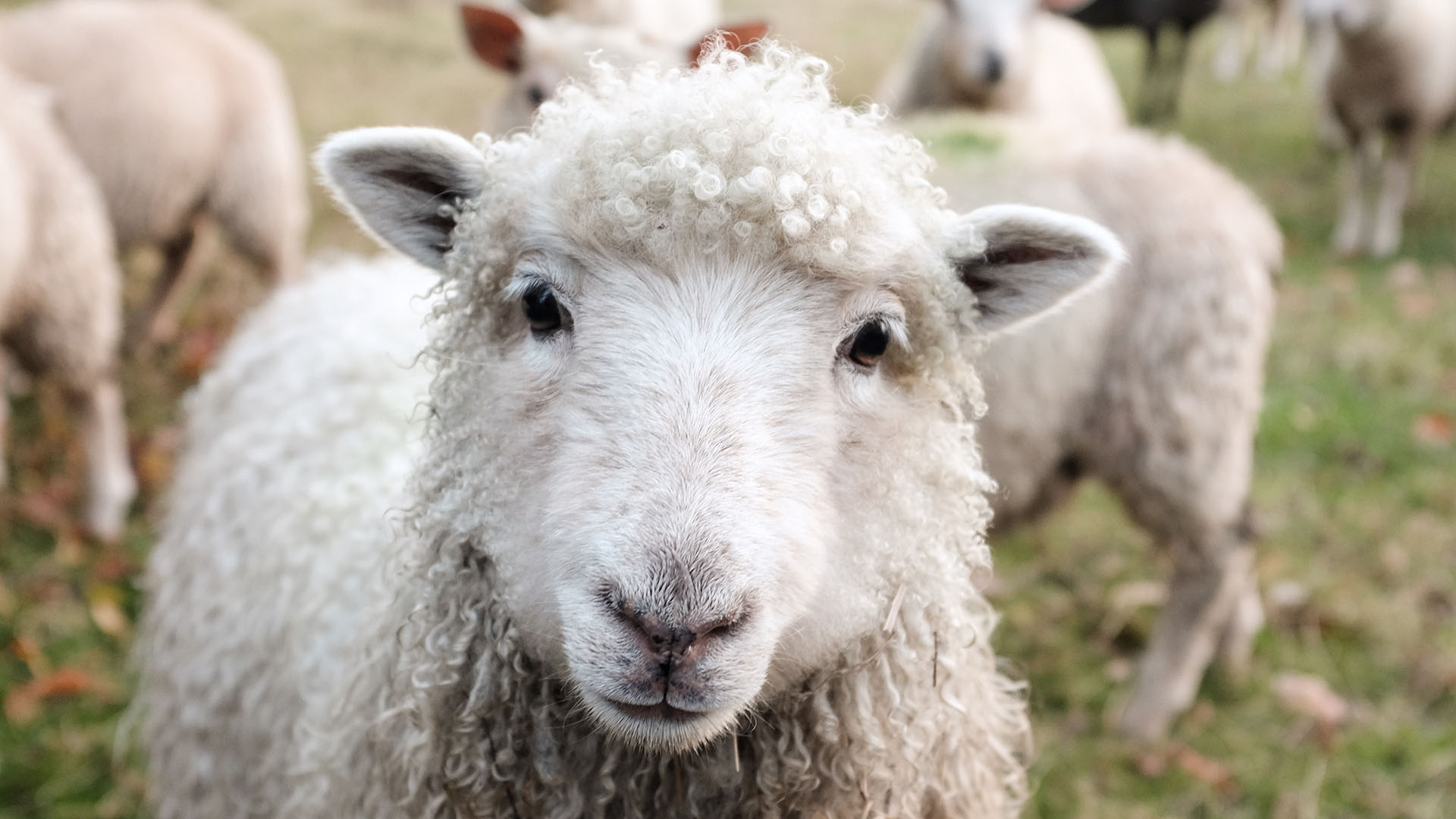Does counting sheep really help you sleep? We asked an expert
Take a look at the science behind sheep-counting

We've all heard of the technique of counting sleep when you can't sleep, but is there any science behind it? And is it worth trying? Counting sheep is an example of imaginative distraction, which is a kind of visualization technique, where you picture a scene in your mind's eye, immediately before trying to fall asleep. If you've tried all the more modern relaxation methods around, invested in the best mattress for your sleep style, and are still struggling to drop off, you might be curious as to how (and if) counting sheep actually works.
"The aim of [these kinds of visualization techniques] is to distract as much cognitive capacity as possible so that it is not being used worrying about going to bed," says Theresa Schnorbach, a Sleep Scientist who works with mattress brand Emma. There are studies that show that techniques like this not only shorten the time it takes to fall asleep, but can also improve sleep quality once you've dropped off.
What exactly is imaginative distraction?
Imaginative distraction is a kind of visualization technique, although there is one key difference. Often, with visualization techniques, people focus on scenes that exist in real life and that they're familiar with. They choose somewhere they find relaxing, and pull on their previous experience to recapture it with all their senses – not just sight but smell, sound and feel.
With imaginative distraction, you're thinking of a place you haven't seen before. "This requires quite simply a little more imagination," says Theresa. "It's another technique whereby we try and imagine as much detail as possible. However, we can pull on make-believe a little more here – for instance by imagining numbered sheep jumping over a fence."
Does it have to be sheep, though?
No. But for imaginative distraction, it does have to be something you haven't seen in real life, and to be fair, you probably haven't seen that. Unless you've been to the Emma 'Schleep' experience (more on that below).
"The idea here is to think of a pleasant and relaxing image, such as floating amongst the clouds. Alternatively, think of a place or scene that represents total relaxation for you (what some people might call their 'happy place')," suggests Theresa.

Is the counting bit important?
"In order to fall asleep, our bodies and minds need to calm down. Slow, thoughtful counting works similarly to meditative practices which, when done regularly, have been shown to lower heart rate by encouraging slower breathing and activating the parasympathetic nervous system (PSNS)," explains Theresa. Here's where we get into the science bit. "An activated PSNS can bypass the sympathetic nervous system, which is responsible for the body's fight or flight response, and therefore enables your muscles to relax and for you to fall asleep."
Get daily insight, inspiration and deals in your inbox
Sign up for breaking news, reviews, opinion, top tech deals, and more.
There are further physical effects too. "Additionally, this kind of practice can increase concentrations of the neurotransmitter GABA, sometimes referred to as the brain's 'tranquiliser'. At these higher levels, this neurotransmitter can help to allow you to relax," she explains. "Similarly, melatonin (a hormone that signals to our body that it’s time to sleep) levels increase whilst chemicals associated with stress such as adrenaline, norepinephrine and cortisol are reduced."
Are there other techniques that do the same thing?
"Another very simple exercise is to imagine a square and try decelerating your breathing as you follow around each side the square with each breath in and out (i.e. up one side breathing in and across the top of the square breathing out, then down the opposite side of the square breathing in again and so on)," suggests Theresa. The aim of this method is to calm you down by slowing your breathing, but also to distract your mind from any other worries.
Are these methods still popular?
Counting sheep – or at least, the concept of imaginative distraction – is still going strong as a sleep technique. According to research from bed brand Emma (which makes one of the best memory foam mattresses in the UK). The brand conducted a survey of 2,000 UK adults in September 2022, and 14% of people said they used the method of visualizing a story or experience to help them doze off, making it the most popular option.
The result of all this is that brand has decided to create a 'shleep' retreat, in which sleep deprived Brits are invited to come and sleep on an Emma mattress in a transparent dome in the UK's Sussex hills, surrounded by numbered sheep. It sounds like a joke but as far as we can tell, it is not. You can register your interest here, for a chance to win a stay.

Theresa Schnorbach is a psychologist and sleep scientist, specialized in Clinical Psychology and Cognitive Neuropsychology. She has completed post-graduate training in Cognitive Behavioural Therapy for Insomnia (CBT-I) with the German Sleep Society (DGSM), endorsed by the European Research Society. She works as a sleep specialist for bed brand Emma.

Ruth is TechRadar's Homes Editor specializing in air (vacuum cleaners, fans, air purifiers), and hair (hair dryers, straighteners and stylers). She has been in consumer journalism since 2020, reviewing and writing about everything from outdoor kit to mattresses and wellness gadgets, with stints on Tom's Guide and T3.